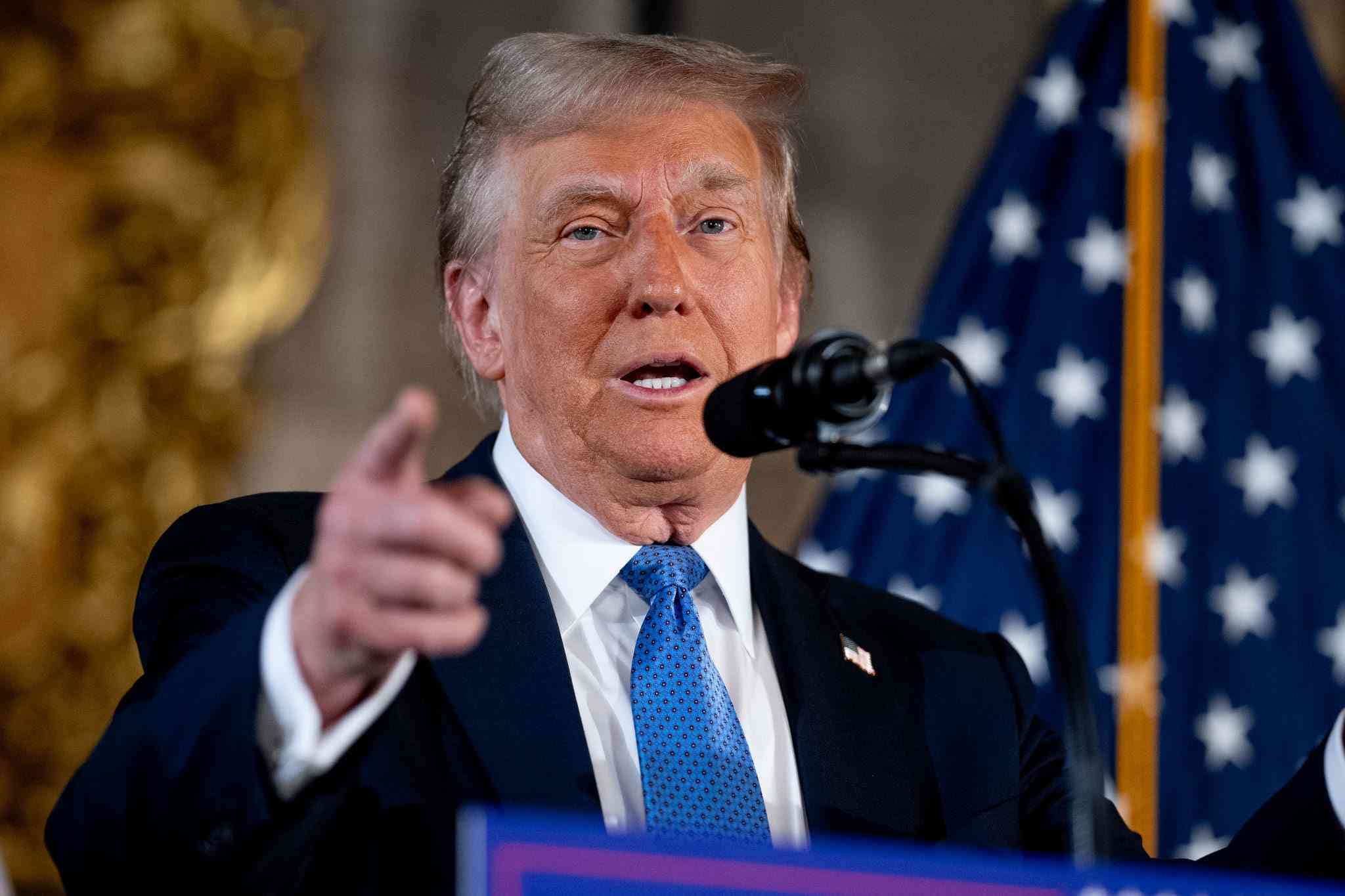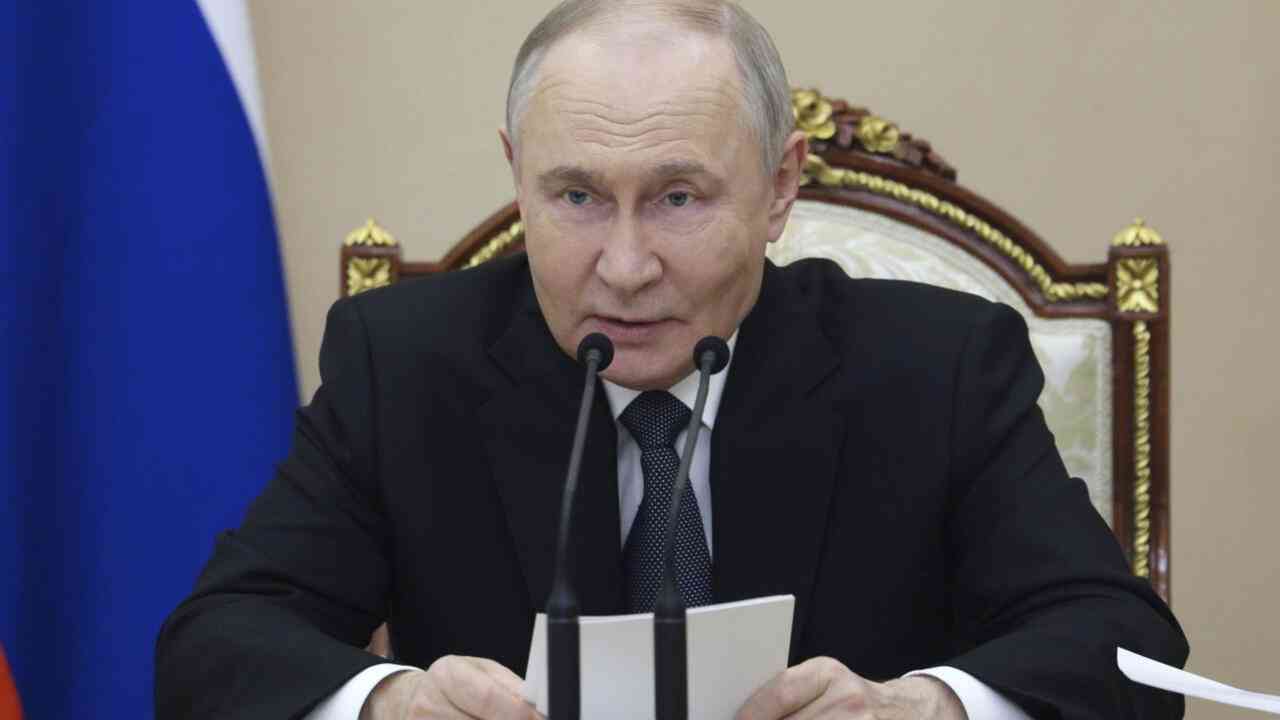
Donald Trump won elections in November 2024 on the back of the “America First” mantra. Backed by businesses and billionaires, Trump won the November 2024 elections with a landslide.
After the elections, it was time for Trump to fulfil his election promises. To the business community, he delivered one of the most protectionist tariff measures aimed at boosting growth, domestic production and jobs. To his ultranationalist constituency, he delivered a raft of anti-migrant executive orders.
This paper reviews the tariff measures announced by Trump on April 5 and 9, 2025. These tariffs were dubbed “Liberation Tariffs”, suggesting the weaponisation of tariffs in America’s new trade war.
Definition
But firstly, what are tariffs and what purpose do they serve? Tariffs are taxes imposed on imports. The taxes are collected by revenue authorities at ports of entry or via any designated alternative method.
Tariffs are counter-measures meant to address trade imbalances, trade barriers that may have an adverse impact on a country’s trade interests.
Tariff barriers can also include currency manipulations, infrastructure bottlenecks, and policy inconsistencies. Countries can also impose tariffs in order to prevent dumping and protect their domestic industries. Finally, tariffs can also be imposed on reciprocal grounds.
Trade war
- Letter from America: Is former president Donald Trump a hero or villain?
- Chidzivo, Tarakinyu clinch Kabag honours
- Letter from America: Is former president Donald Trump a hero or villain?
- The Fiddler: Is honesty the best policy?
Keep Reading
The current trade war was sparked when Trump imposed unilateral import tariffs (25%) on imports from Canada and Mexico, its neighbouring trading partners. The rhetoric started in January but was implemented in March.
These trade measures on Canada and Mexico were followed by the announcement of reciprocal and baseline tariffs on over 66 countries globally.
Reciprocal tariffs are retaliatory by their very nature while baseline tariffs are more general.
On April 5, 2025, America imposed reciprocal tariffs on all its trading partners with whom it has trade deficits. The hardest hit was China (145%) and Lesotho (50%).
Pari passu, America imposed 10% baseline tariffs to all its other trading partners on April 9.
However, America has suspended the implementation of the new tariff measures for 90 days in order to give negotiations a chance. But failure which Washington will activate the tariffs anyhow.
China-US trade relations
The most punitive tariffs were imposed on China (145%) in order to discourage Chinese products from entering the US market. China has for a long period enjoyed a trade surplus with the US. US imports from China in 2024 amounted to US$440 billion while China only imported goods worth US$145 billion from the US.
For many years, America has been complaining about the trade imbalance with China. The Chinese economy has grown fast at a rate of 10% for the last 20 years. China has modernised and industrialised its economy by establishing a strong manufacturing base. Today, China has become the factory of the whole world.
China surpassed Japan and became the second largest economy after the US.
Implications on AGOA
Africa Growth and Opportunity Act (AGOA) was enacted in 2000 during Bill Clinton’s administration. It is expiring in September this year.
Under AGOA, African countries have duty-free access to the US market for their exports. The most exporting African countries under AGOA are South Africa and Nigeria.
In 2022, total trade between AGOA countries and US exceeded US$46 billion. Imports exceeded exports by US$13,5 billion.
In 2022, AGOA countries exported US$30 billion worth of goods to the USA of which US$10,2 billion worth of goods were sold under the duty-free AGOA preference.
AGOA exports included minerals, crude oil petroleum, vehicles, and cashew nuts.
In 2023, US imports under AGOA reached US$9,7 billion, down from US$10,2 billion in 2022. Dominant imports were crude oil (US$4,2 billion), apparel (US$1,1 billion) and agricultural products (US$900 million).
AGOA’s volume of trade with America amounted to between 10 and 15% of total African trade. The US runs a trade deficit with major AGOA exporting countries, namely South Africa, Angola, Lesotho, South Africa (37%) and Nigeria (14%).
Reciprocal tariffs on AGOA states
Trump announced high import tariffs on key AGOA exporting countries — Lesotho (50%), Madagascar (47%), Botswana (37%), Angola (32%), South Africa (30%), Mauritius (40%) and Nigeria (14%).
Kenya, Ghana, Ethiopia, Tanzania, Uganda, Senegal, and Liberian exports to the US will only be subject to the baseline tariff of 10% because the US is not running a deficit with these countries. Seychelles is exempted.
Lesotho
Lesotho, with an economy only worth US$2,2 billion, stands out as one of the success stories of AGOA. Lesotho invested in textile manufacturing. Its famous brand exports are Wrangler, Levi Jeans and even Trump golf gear. Lesotho also exports car parts and diamonds to the US.
In 2024, Lesotho exported goods worth US$237 million to the US, which is equivalent to 10% of its GDP.
Lesotho deserves a special focus in this paper because it was slapped with the highest tariffs at a level of 50%.
In terms of US-Africa trade volumes, the US just imported US$39 billion worth of goods in 2024 from all the 54 African countries.
These figures suggest that with or without AGOA, the US is not a key export market for Africa.
US-Zim trade relations
In 2024, the total volume of trade between Zimbabwe and the US was US$111,6 million.
US exports to Zimbabwe stood at US$43,8 million compared to US imports at US$67,8 million. America’s trade deficit with Zimbabwe stands at US$24,1 million.
Zimbabwe was slapped with an 18 % import tariff.
The US tariff measures will not have a significant impact on Zimbabwe because its biggest trading partners are China, South Africa and the United Arab Emirates. The volume of US-Zimbabwe trade is negligible in US dollar terms. It is surprising that despite the sanctions imposed by the US on Zimbabwe, there could still be any such trade relations.
Zimbabwe’s exports are mainly raw tobacco and rice.
Implications on multilateral trade
The World Trade Organisation (WTO) was created to replace the General Agreement on Trade and Tariffs (GATT). It promotes fair trade and competition. What America has done is unilateralism because tariffs were imposed outside the WTO framework.
The most favoured nation status requires that when a member state reviews its tariffs against a trading partner, it cannot do so without reviewing tariffs on all its other trading partners. Clearly, the US has breached this WTO rule.
As for Africa, there are efforts underway to unite and take a common position in response to the US tariffs. This is why Zimbabwe went off side by responding separately to the US tariffs when it removed the 18% tariff on US exports to Zimbabwe.
On 14th April 2025, Sadc ministers of trade met to come up with a common position.
This is how it should be. African countries are stronger on tariff matters when they unite.
American interests
Although Trump imposed sweeping new taxes that rattled the global economy, including sub-Saharan Africa, America has shown keen interest to control trade in African minerals, crude petroleum and agricultural products.
No wonder why America is still committed to the US$4 billion Lobito Corridor, which is a regional rail corridor linking Angola, Zambia and the DRC.
This rail corridor is meant to counter balance China’s growing influence in the region.
America needs copper and cobalt for its AI data centres and electric vehicles and these resources are abundant in Africa.
The 800km Lobito corridor railway line will connect the three countries (Angola, Zambia and the DRC) to the Atlantic coast.
Conclusion
Trade wars, by their very nature, have different implications on the countries on which import tariffs are imposed.
The extent of damage depends on whether or not the affected countries enjoy trade deficits or surpluses with the US.
The other determining factor is the strategic interest regarding the types of the imported goods.
Already, we can see that the US has exempted certain Chinese products from the 145% import tariffs such as electronic and some ICT products.
This is how strategic these products are to American interests. However, for countries with no diverse export base and which entirely depended on the American market such as Lesotho, will feel the adverse effects of import tariffs.
To conclude, the impact on trade wars of countries will depend on, strategic interests, diversity of exports, power of reciprocity, size of an economy, negotiating skills and ability to absorb the full impact of imported inflation.
For whatever it is worth, the global trade war which America has started could lead to a world recession and upset the global trading order which might take much longer to reset.
The future of African trade lies in the African Continental Free Trade Area. Africa must boost intra-Africa trade which is as low as 14 % compared to Africa’s trade with the rest of the world which stands at 65 %.
Africa has a huge population dividend of over one billion people, which creates a huge market for African goods.
With a GDP of U$3,4 trillion, the future of Africa and the AfCFTA is promising. African countries must move quickly to reduce all tariff and non-tariff barriers. But most importantly, Africa must add value to its products and stop exporting jobs to its trading partners.
Africa must negotiate trade deals as a united bloc, not as individual states. There is a big lesson to learn on the dangers of Africa’s uncoordinated responses to America’s trade war.
The future of AGOA is hanging on the balance. September 2025 is therefore a make or break month for AGOA countries. To renew or not to renew is the question.
- Mashakada is an economist and former legislator. These weekly New Perspectives articles published in the Zimbabwe Independent are coordinated by Lovemore Kadenge, an independent consultant, managing consultant of Zawale Consultants (Private) Limited, past president of the Zimbabwe Economics Society (ZES) and past president of the Chartered Governance & Accountancy in Zimbabwe.(CGI Zimbabwe). — [email protected] or Cell: +263 772 382 852.










